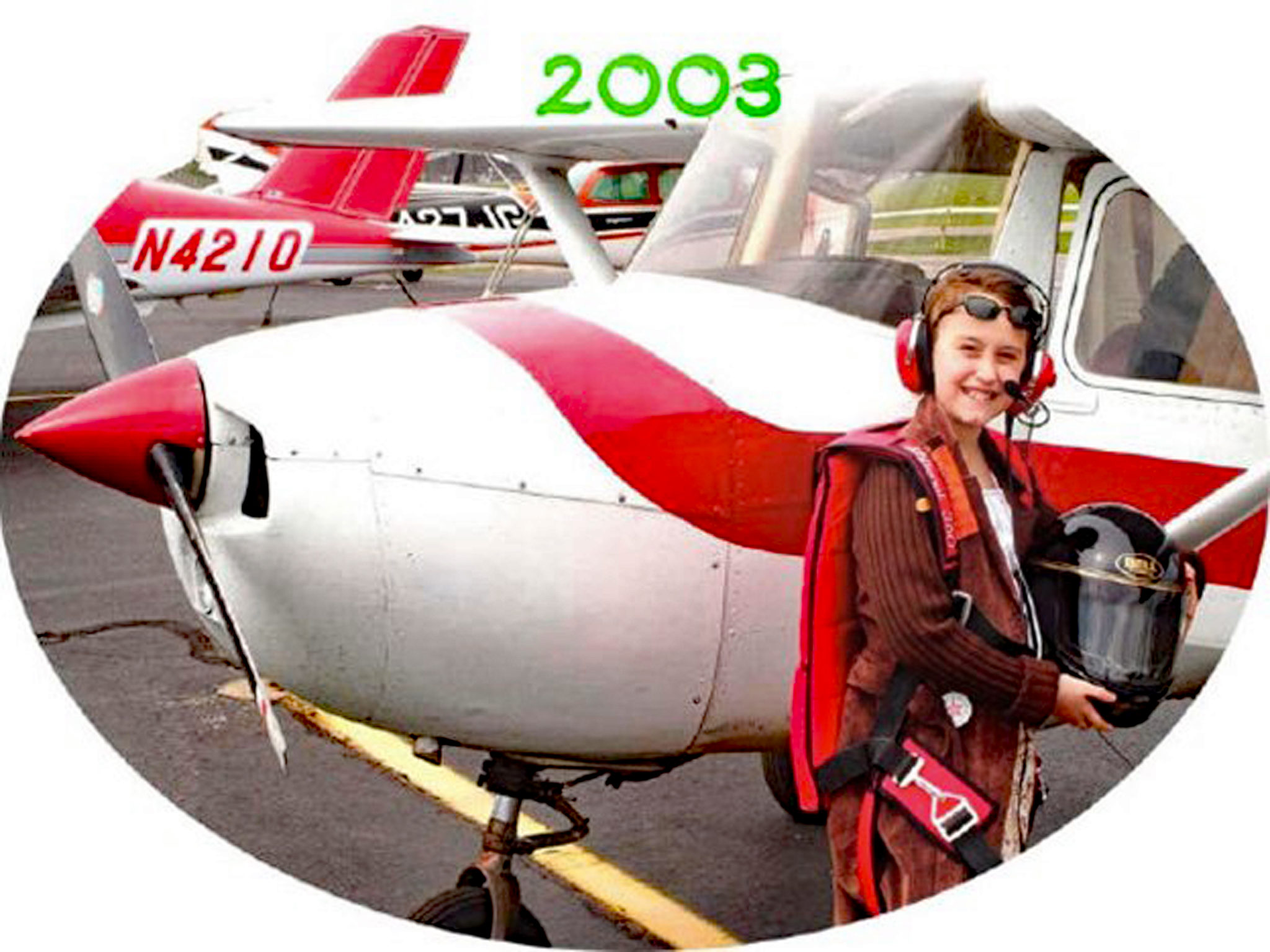Discover What Young People Are Inventing To Change the World and Save Lives

By Jane Plitt, Founder and Board Chair, National Center of Women’s Innovations
Alexandria, VA – Young girls’ inventions have changed the world, but few know about them. That’s the tragedy the National Center of Women’s Innovations is determined to change here in Alexandria! Here are two eye-popping examples of what young girls have done and how you can help locally.
Join our efforts to promote the buried stories of such girls, let alone Dr. Gladys B. West, GPS enabler, and thousands of others. Come to our October 27 Gala, when we will honor Dr. B West and help mainstream women’s innovations at our Inaugural Gala. Go to womensinnovations.org or email me at [email protected] to join us at an upcoming informational gathering here in Alexandria.

As a youth, Sabrina Gonzalez Pasterski, a first-generation Cuban American from Chicago, loved airplanes. What she did next is what makes her extraordinary. With encouragement from her father, an engineer, and her teacher Dr. Micah Fogel of the Illinois Mathematica and Science Academy, Gonzalez Pasterski built an air-worthy airplane at 14, becoming the youngest person to accomplish that feat. She built and flew her plane before she could get a driver’s license for a car!
Since then, Gonzalez Pasterski has become a theoretical physicist. She has been dubbed the Next Albert Einstein and achieved this track record before she was 30:
– MIT Physics #1 ‘s first female graduate, earning an extraordinary 5.0 GPA
-Harvard’s second Ph.D. graduate to have her dissertation published in Physics Reports
-named in 2012 to Forbes’ 30 Under 30 Science list and made Forbes’ 2015 30 Under 30 All Star List.
Working with colleagues in 2014, Gonzalez Pasterski discovered the “spin memory effect.” In 2015, she published her own paper about this effect, suggesting gravitational scattering or waves. China is launching satellites testing her theory.
She has been invited to the White House due to her work with Let Girls Learn and her advocacy for girls and women in STEM. She is now a professor at the Perimeter Institute, the youngest of their faculty members. All this before 30.

The power of caring about helping others led 12-year-old Alexis Lewis to develop an invention to save Somali children during drought. Children were being left to die by parents who couldn’t carry them. Determined to fix that situation, Lewis’ created a travois out of bamboo and other materials easily accessible in Africa. The travois was modeled after the Native American sled commonly used to carry goods or people. At 15, she obtained a patent for that travois.
The needs of the world continued to spur Lewis’ inventive mind. Next, Lewis focused on house fires and specifically smoke inhalation, which is the most common reason people die in house fires. Working with her local fire department, Lewis created EM Pods, which include smoke masks and goggles in a brightly colored bag. EM Pods can save lives and are easily located should a home be engulfed with smoke.
Demonstrating that such inventive thinking does not require major equipment, Lewis created the EM PODS prototype on her 3-D printer! Where should Alexis’s pop-up banner recognizing her life-saving inventions be hung in Alexandria? (Hint, how about a Fire Department? Share your ideas at [email protected]).

As a University of North Carolina student, Lewis continued advocating for opportunities for children to invent. Although she was recognized as a young inventor in the Lemelson Center for Invention at the Smithsonian, few of us know about this extraordinary youngster. Nor have we heeded her call to introduce her Inventing 101 course in the middle schools.
Alexis believes she was deeply influenced by her grandfather, a rocket scientist for NASA’s Apollo mission. She thinks youth must be able to see themselves in such roles to pursue them. Former IBM CEO Ginni Rometty agreed when she said, “To be it, we must see it.”

That’s why the National Center of Women’s Innovation was created, to inspire all, especially young girls, to pursue STEM and innovative fields by seeing role models demonstrating the possibilities. Sabrina and Alexis are extraordinary role models for all, especially girls. If only we knew all their names and stories. Let’s make it happen. www.womensinnovations.org
ICYMI: Alexandria Celebrates Women Honors Young Women ‘Making a Difference’ June 28




